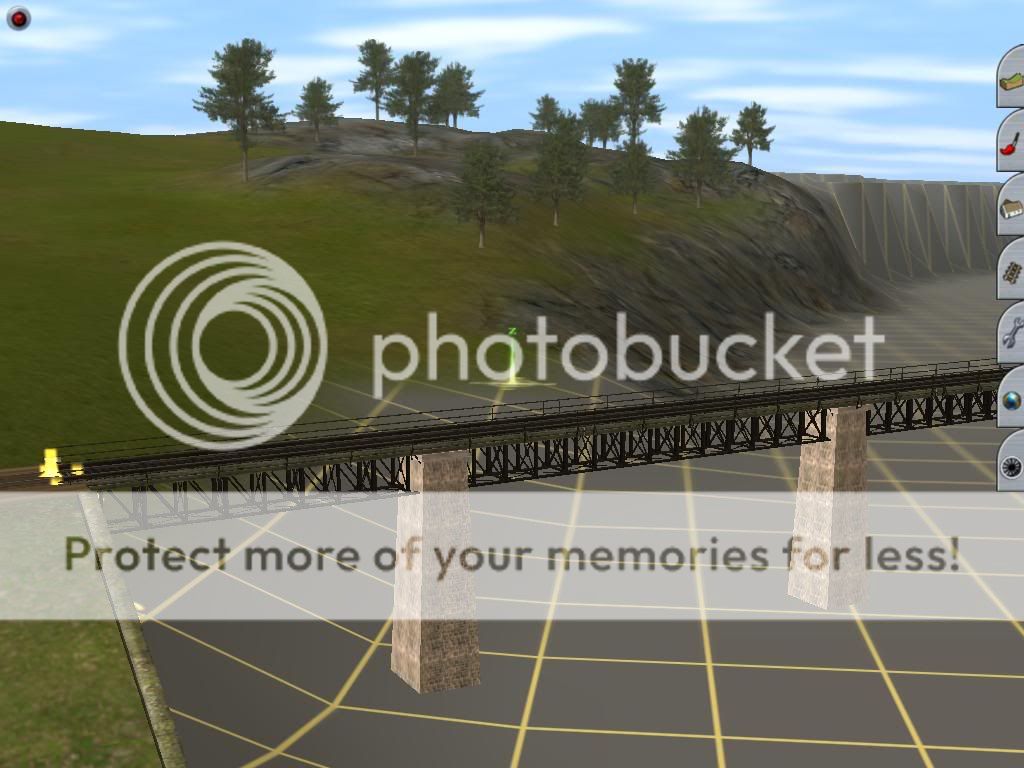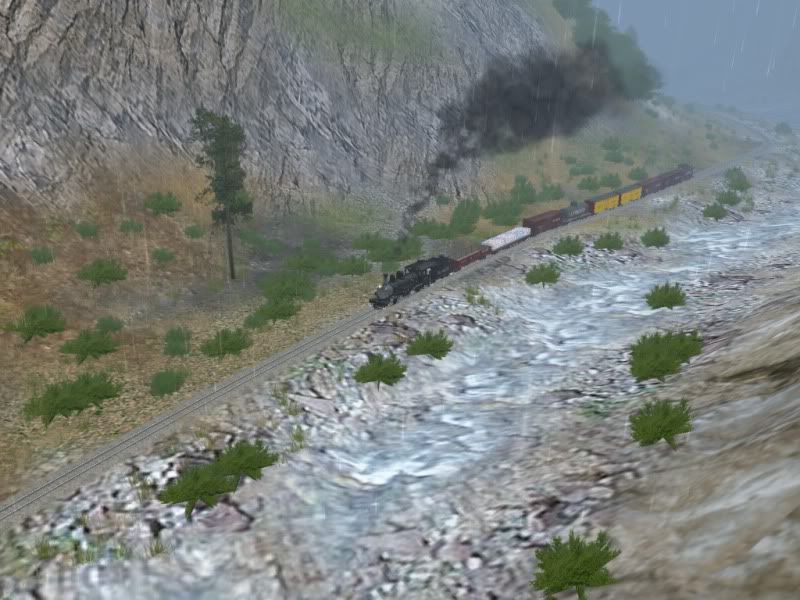bassist118
Suffering for his art.
I'm trying out landscaping of a hilly area trying to get that prototypical feel to my fictional routes (I havn't actually completed a route yet, I now have 4 on the go waiting for my skills to catch up. Now I've plucked up the currage to attempt landscaping and texturing and just wanted your opinions and critizims (not about my spelling tho, I already know thats poor) and some pointers to good ground textures.
Here's some screenies of what landscaping I've done so far.
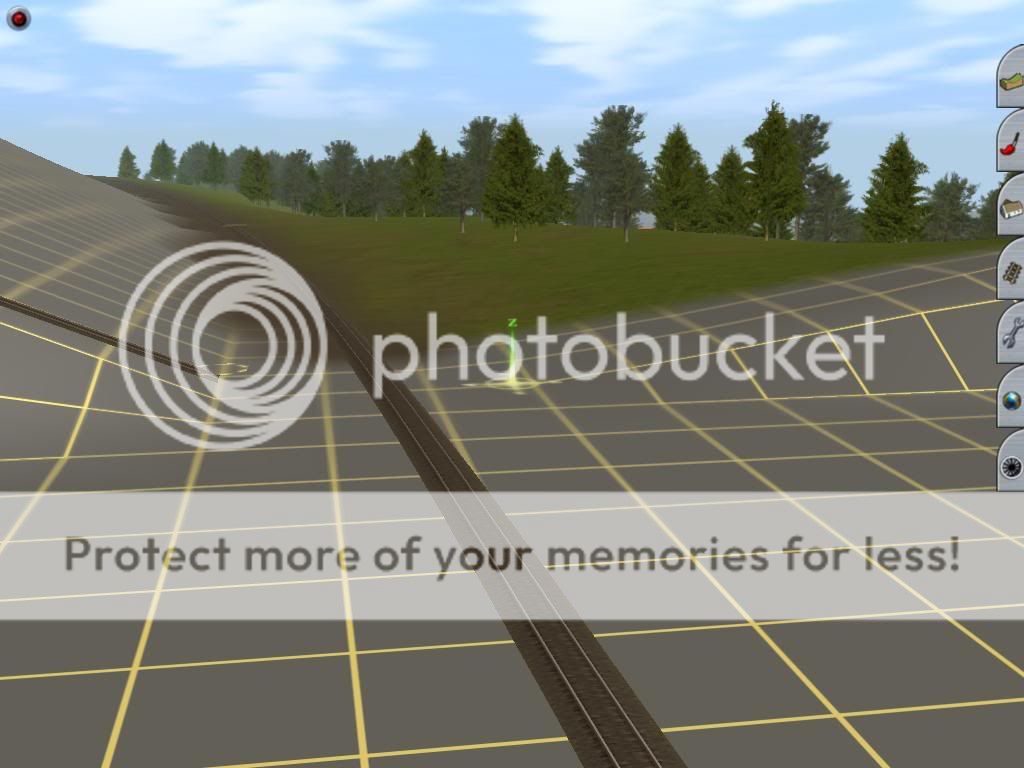
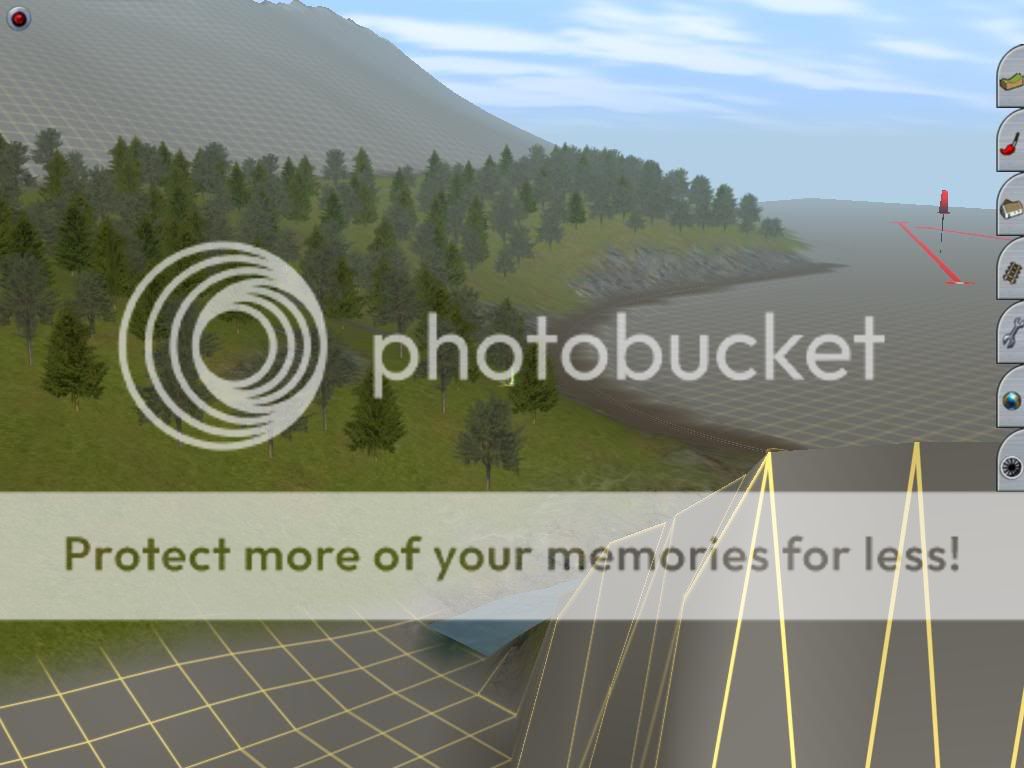
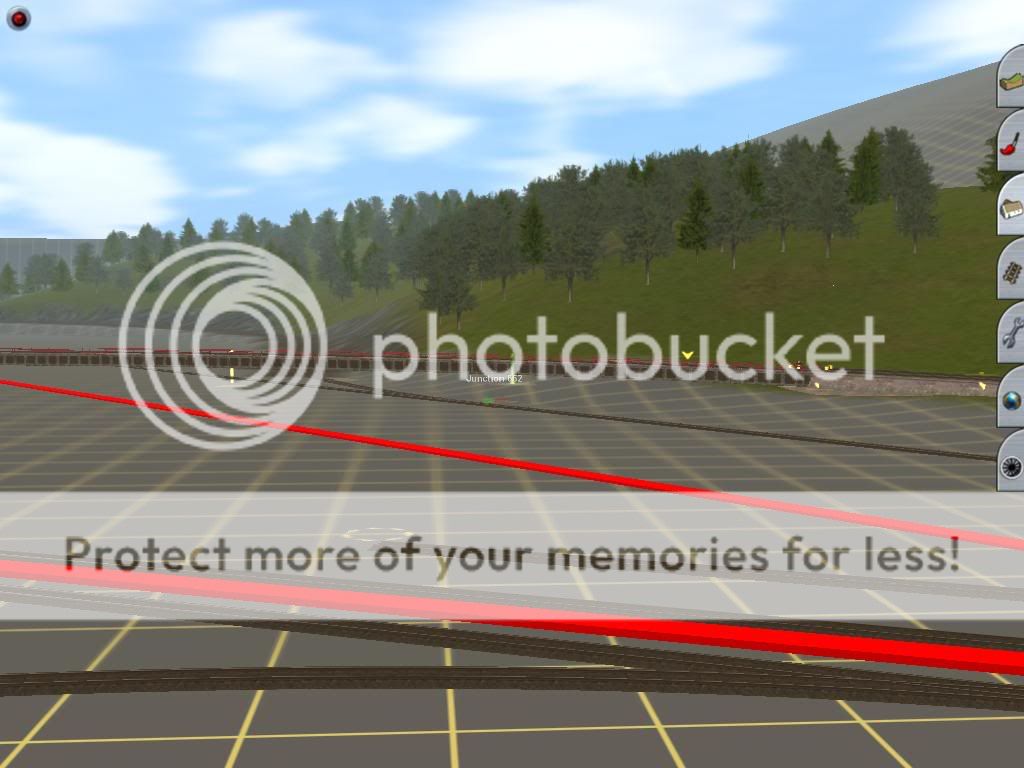
It's taken a while but not as long as what it was taking before someone told me in a thread that the gap between the track and land smoothing is 20 cm this has made life 100% quicker because the track laying tool becomes a land smoothing tool hight adjustable, angle adjustable and curving. A big thankyou to whoever this fine fellow way.
Cheers Trainzers
:Y:
Andy
Here's some screenies of what landscaping I've done so far.



It's taken a while but not as long as what it was taking before someone told me in a thread that the gap between the track and land smoothing is 20 cm this has made life 100% quicker because the track laying tool becomes a land smoothing tool hight adjustable, angle adjustable and curving. A big thankyou to whoever this fine fellow way.
Cheers Trainzers
:Y:
Andy


